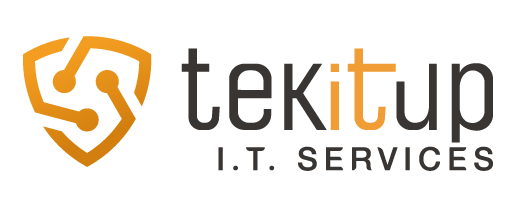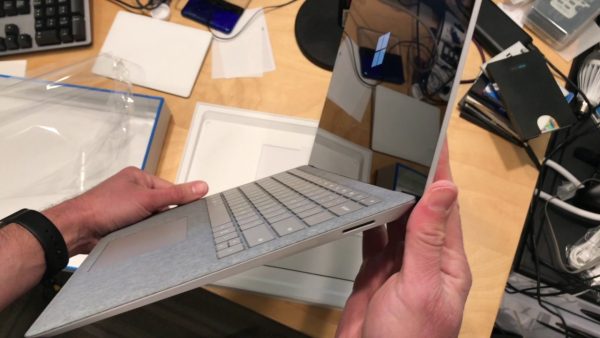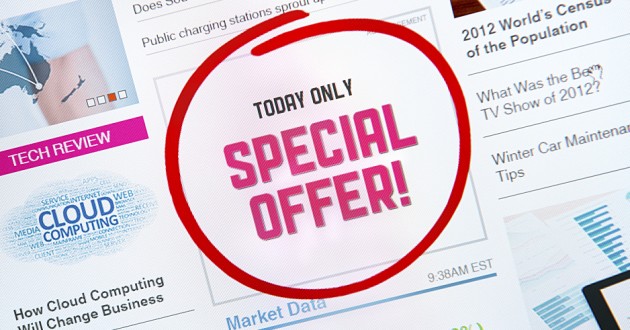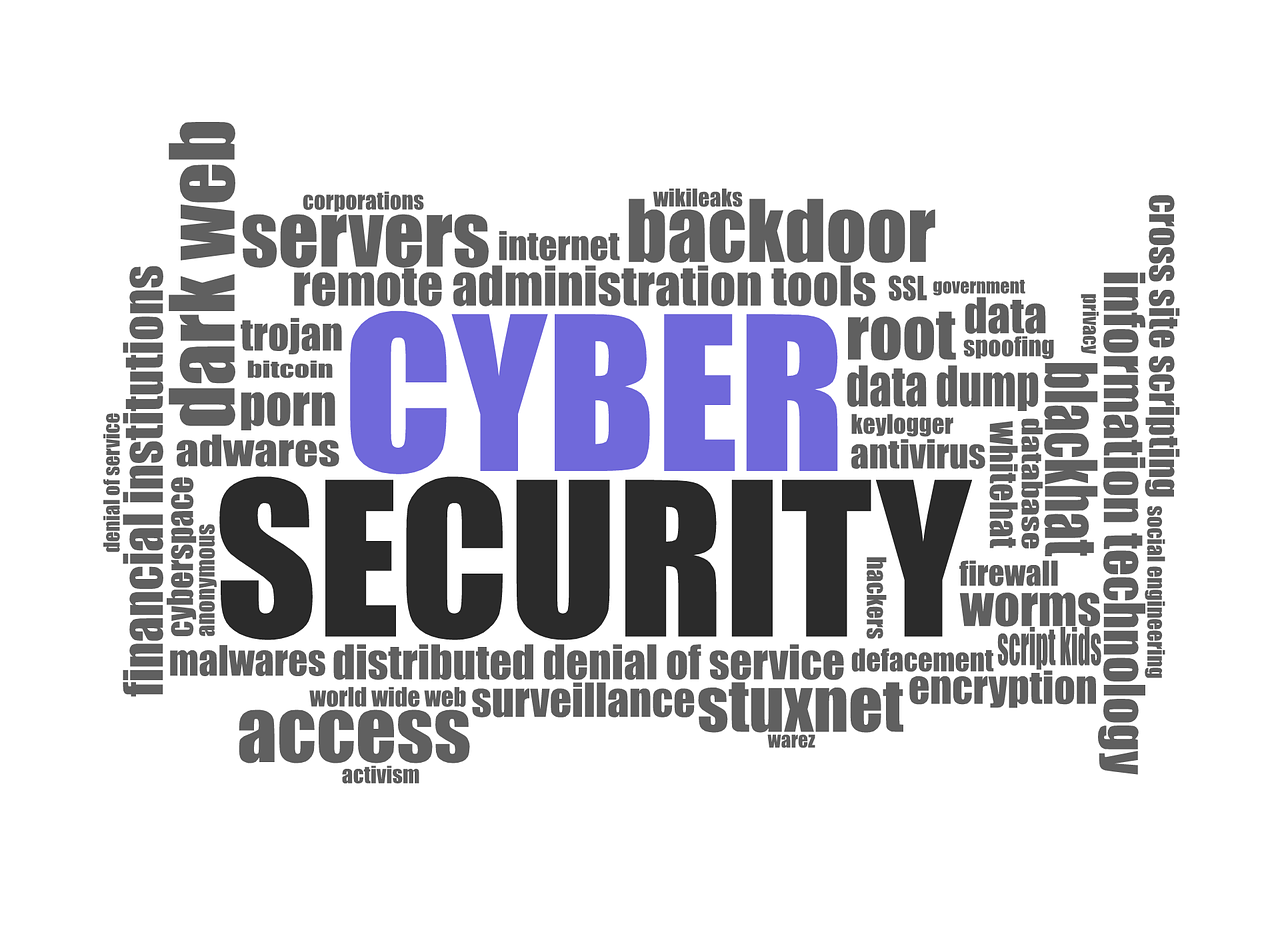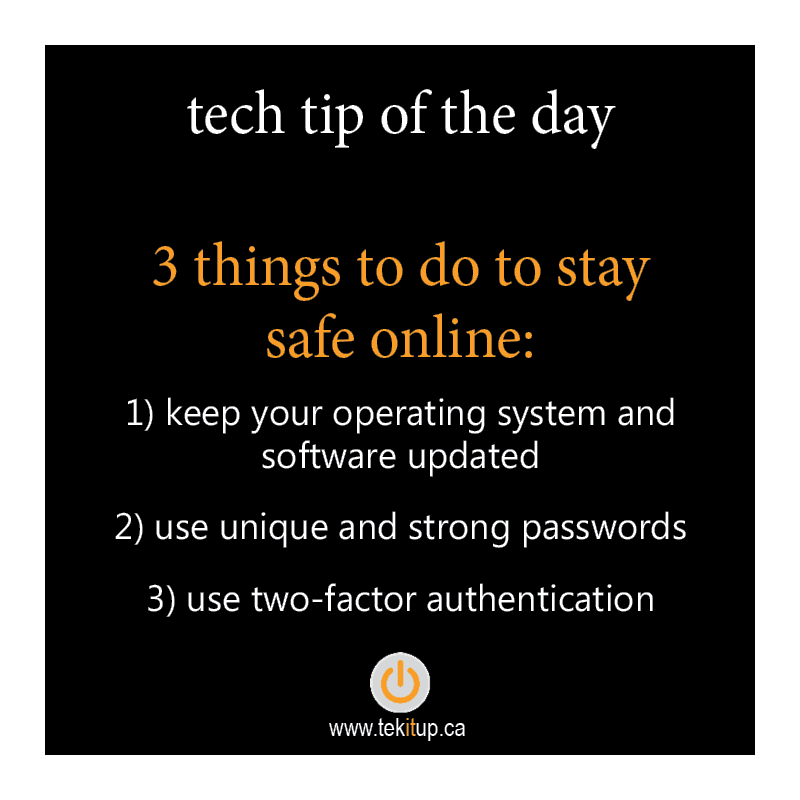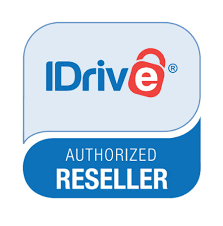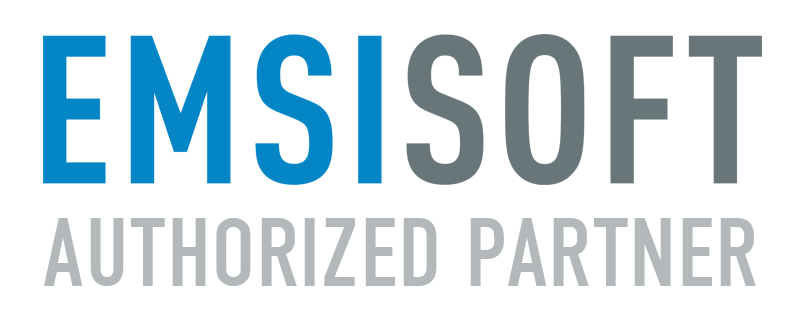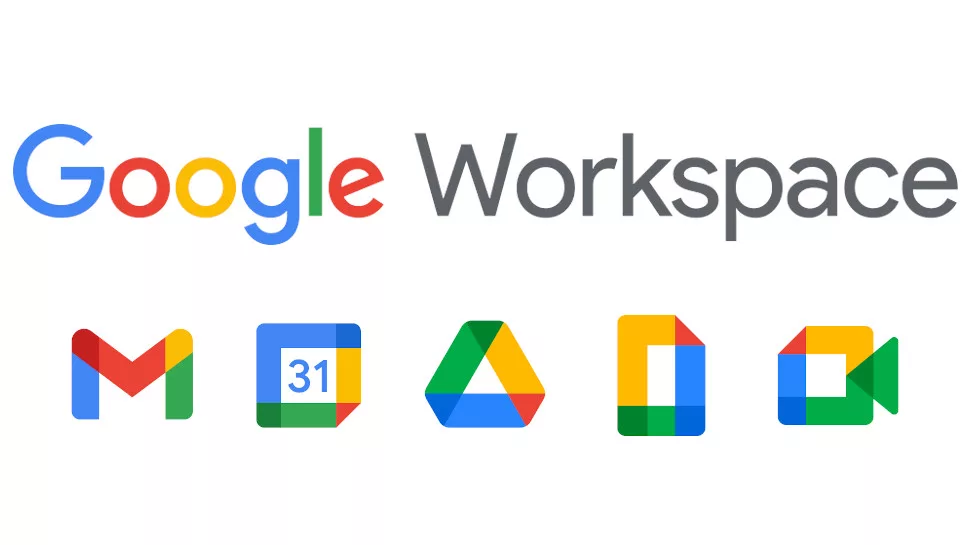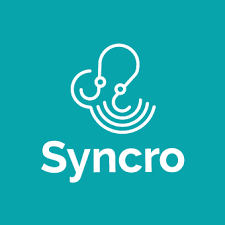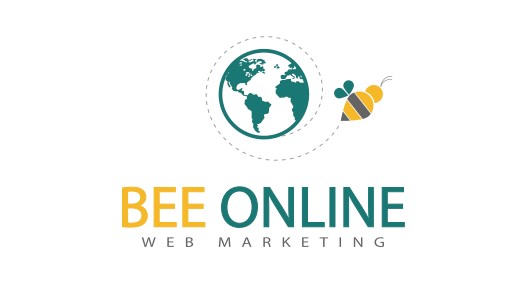This is an edited version of an old post I wrote years ago. Despite the fact laptop prices have not came down (it’s quite the opposite), many clients called me early December asking for suggestions on what kind of computer they should get – 100% are getting laptops, a clear indication that desktop computers in the consumer market are simply disappearing.
My response is always the same: minimum specs should be i5 processor (latest generation if possible), 8 GB RAM and 250 GB SSD. Screen size, expansion ports and brands are personal preferences though my favourites for years have been Lenovo and Dell.
So now you have a new laptop… what’s next? Well, if you bought it from stores like Best Buy and Staples, your laptop will come with A TON of preinstalled software we IT pros joyfully call crapware. This is crappy software that manufacturers install to subsidize the cost of hardware like antiviruses, games, media players, PDF readers, etc. Almost all of it is junk and buggy, and it should get removed immediately way before you copy your first file. For this task we recommend PC Decrapifier.
Crapware out of the way, next is basic but important software:
- A good and paid antivirus – with free, you get what you pay for.
- Printer software and drivers: if your printer is older than a couple of years, Windows 10 should install drivers automatically when you plug it in via USB cable, but you still need to install your printer applications like scanner, copier, fax utility (if applicable), etc.
- Internet browser: Microsoft Edge is good, but Mozilla Firefox and Google Chrome are always excellent choices that any Windows user should install. Mac OS comes with Safari and you can also install Firefox and Chrome.
- Windows Updates: believe it or not, a computer is already behind critical updates out of the box. I suggest install ALL pending Windows updates before moving any data just in case process goes wrong you can roll back and start again without losing any data. Again, same goes for Mac OS.
- Microsoft Office (Win and Mac): Windows computers come with a pre-installed license of Office 2016 or Office 365. If you already have an Office 365 subscription process is as easy as log in with your account information and Windows will validate your installation. There are other free and excellent alternatives like Libre Office (Win/Mac/Linux).
Once all the above steps have been completed, I suggest you proceed to configure your email accounts and move your data to the new computer. If your stuff is in the cloud (Dropbox, Google Drive, iDrive which we totally recommend) you probably know what to do. If you have everything in your old hard drive, then you need an external hard drive to move the data or your trusted IT guy to help you with the process.
And that’s it, you can now go ahead and enjoy your new toy!
